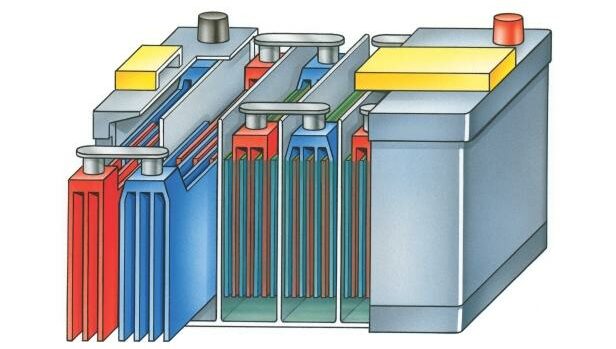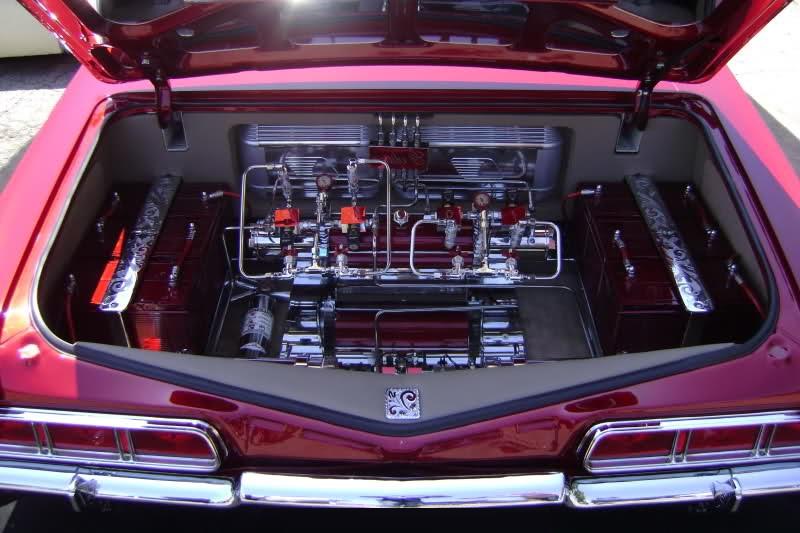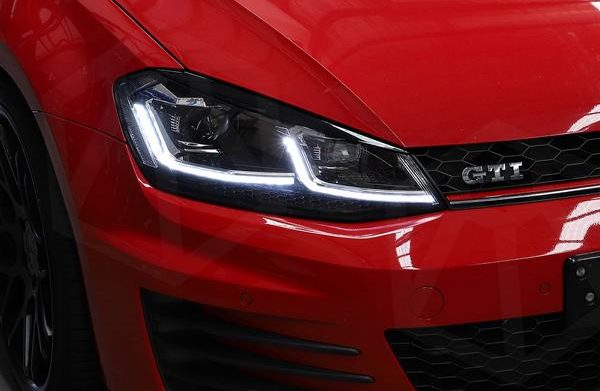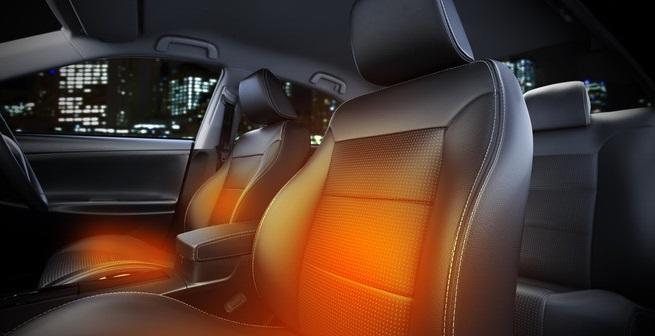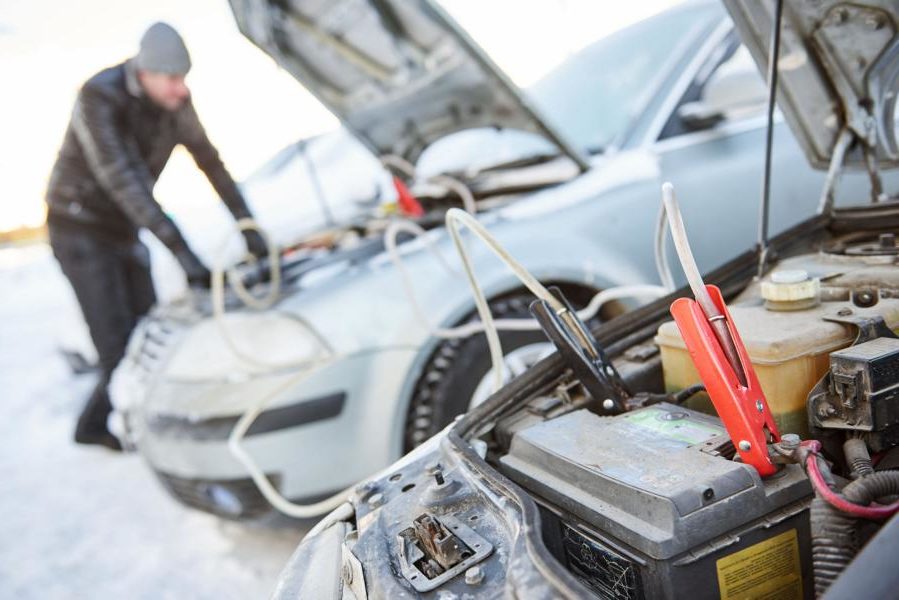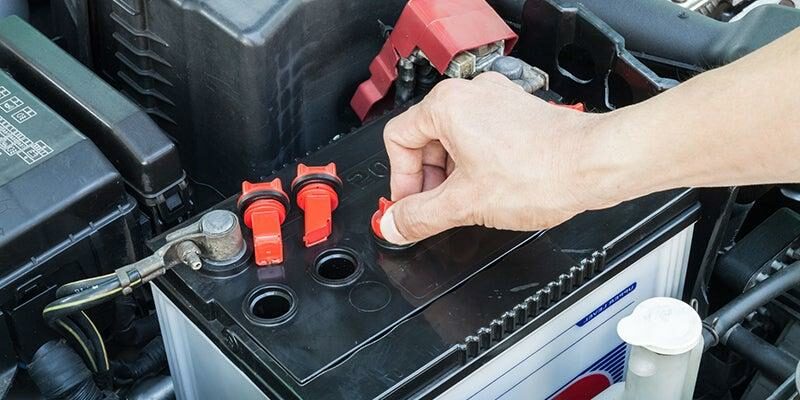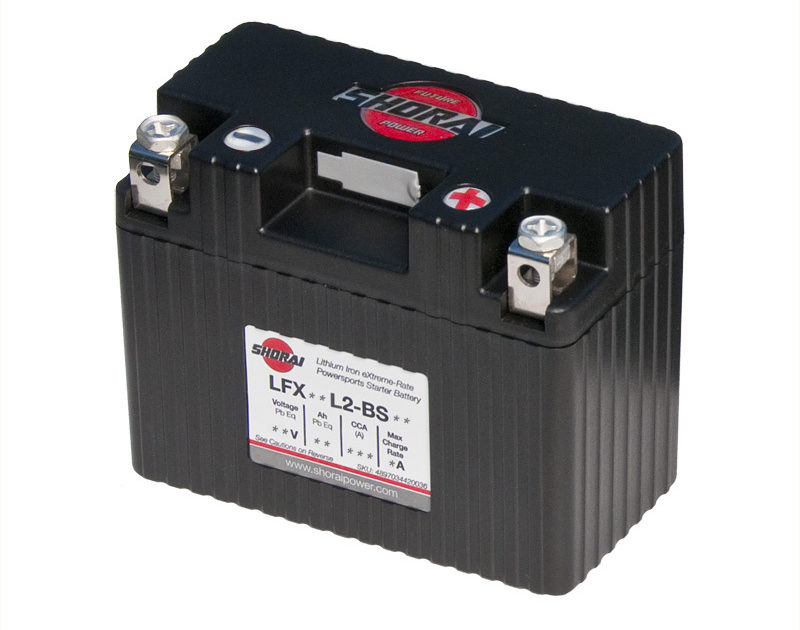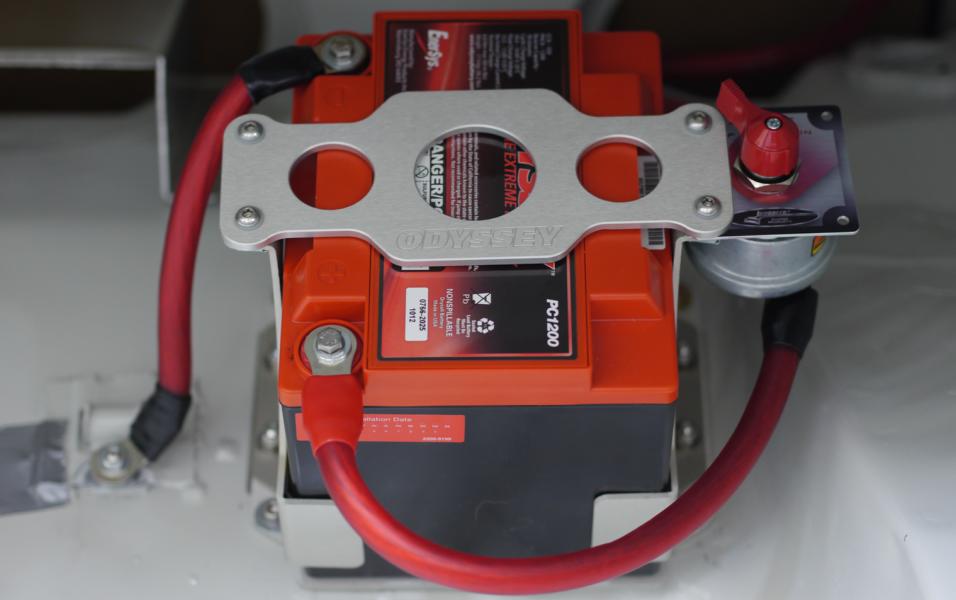Recently updated on March 1, 2022 at 08:55 am
Although every car owner has one or more car batteries, very few are concerned with this topic. Only when the engine no longer starts because the starter battery is on strike does the subject of car batteries suddenly appear to be of interest. This is an essential part of the vehicle. Most of the time the battery goes on strike when winter has come with its freezing temperatures. The snow has been removed, the windows scraped and the journey should begin. But the car does not start. But the annoying failure phenomenon can usually be avoided. In the following you will find all the information on the subject of car batteries. Also how the failure symptoms can be avoided during the cold season at low temperatures.
Overview of the topics
 Who is only interested in very specific areas around the topic car battery interested, you can use the following jump labels to navigate directly to the desired topic with just one click. And just as quickly you can return to this overview from the selected menu item with just one click. We of course recommend our readers to read the entire article. Some menu items are only really comprehensible once the full info article has been read.
Who is only interested in very specific areas around the topic car battery interested, you can use the following jump labels to navigate directly to the desired topic with just one click. And just as quickly you can return to this overview from the selected menu item with just one click. We of course recommend our readers to read the entire article. Some menu items are only really comprehensible once the full info article has been read.
- The structure of the car battery
- Does the structure of the battery vary?
- How does the car battery work?
- What are the tasks of a car battery?
- What does the car battery do in the vehicle?
- The car battery in winter
- Inspection and maintenance
- What is the life expectancy of a car battery?
- What is a lightweight starter battery?
- Can a main battery switch protect the battery from discharging?
- Does a battery monitor make sense?
- Battery check tutorials!
The structure of the car battery
Attention: The article should be as understandable as possible, which is why the structure is not discussed in detail here. Instead, it is a rough overview of the car battery. The vehicle battery consists of a housing that contains the lead accumulator cells. There are usually six cells connected in series. This is because each cell has a nominal voltage of 2 volts, while a voltage of 12 volts has to be supplied by the car battery. Depending on the nature of the electrolyte, a distinction is made between wet cells and AGM batteries. Wet cells have free, liquid acid. Their design ranges from a standard battery through a high-current battery to a "Enhanced Flooded Battery". In AGM batteries, on the other hand, the acid is bound in fleece. AGM stands for "Absorbent Glass Matt". Gel batteries are also available. Here the acid is bound in gel. (Back to overview)
Structure varies from battery type to battery type
While the structure varies from battery type to battery type, the basic functionality is identical. Batteries have both plus and minus plates. Acid in the respective form is positioned between these plates. The plus and minus poles on the housing are used to connect the battery to the vehicle electronics. (Back to overview)
How does the car battery work?
While the minus plates inside the battery are made of lead, the plus plates are made of lead dioxide when charged. In the course of a chemical process that takes place during the discharge, both plates are converted into lead sulphate. This creates water as a by-product from the reaction. This reduces the acid concentration in the battery and therefore serves as an indicator of the state of charge. The process creates energy that can then be released. While the battery is charging, this process is reversed. Lead sulfate and water turn into lead, lead dioxide and acid. This process occurs through the supply of energy. (Back to overview)
What are the tasks of a car battery?
- The starter of the engine is supplied with energy by the car battery.
- All necessary vehicle elements are supplied with voltage so that the vehicle can start.
- Lights, navigation and central locking are supplied by the car battery even when the engine is not running.
- The car battery reduces voltage peaks while driving. (Back to overview)
What does the car battery do in the vehicle?
First and foremost, the car battery ensures that the car starts. When the engine starts, the starter battery ensures that the starter receives sufficient energy. It also supplies all components that are relevant for the engine with electricity. Because before the alternator (here is a post about alternator / change Lima) takes over the power supply, control units, fuel pumps and the injection system are required. The car battery is constantly recharged by the alternator as soon as the engine is running. On average, it takes 3 to 5 minutes after the start-up process to fully recharge the car battery.
However, this value can fluctuate greatly in some cases. Older batteries can take much longer to charge on cold winter days. Especially if only a short distance is covered when the steering wheel, seat, rear window and windscreen are heated. If this process is repeated several times, the alternator has no chance of fully recharging the car battery. The discharge can cause failure. The use of the Stationary heating system requires a lot of electricity and should be avoided if possible in short-distance operation. (Back to overview)
The car battery in winter
The colder it is, the more energy is drawn from the engine when it starts. This is due to the lubricity of the engine oil, which is higher at low temperatures. But the battery also has to struggle with the temperature, because the stronger the cooling, the higher the initial resistance. The resulting voltage drop leads to a reduced capacity. If there are double-digit minus degrees, the capacity can be more than halved. A battery that has its full capacity can cope with the stresses and strains. But if the battery has already been damaged, it will certainly cause problems on the first cold days. It is therefore sensible and important to have the car battery checked before the onset of winter and possibly also in winter by means of a battery cover to protect. (Back to overview)
Inspection and maintenance
While modern car batteries are considered to be “maintenance-free”, older models were provided with plugs that could be unscrewed. This allows access to the inside of the battery. This access was used to check the acid level and correct it with distilled water. This is no longer necessary with modern batteries. Instead, the voltage of the car battery should be measured before the onset of winter. A few hours after the end of the journey, a charged starter battery should deliver a voltage of more than 12,7 volts. The contact to the battery can also be checked. This should have neither dirt nor sulfate formed. And also a battery monitor can be a useful tool to keep an eye on the status of the vehicle battery. (Back to overview)
What is the life expectancy of a car battery?
A car battery can be expected to last around 5 years. However, both a shorter and a longer service life are possible, although branded products are usually more durable. It depends on the vehicle, the installed components, the area of application and of course the daily route profile. However, heavy use of the starter battery definitely ensures that the service life is shortened. For example, standing times of more than three months can result in damage to the stand. Even short journeys can affect the service life, which is why you should ensure that the car battery can be recharged regularly. In principle, it can be said: The car battery will be more damaged over time if a low state of charge persists over a longer period of time. Ps: Before you replace them completely, it can be worthwhile to try a so-called battery pulse. All information is available heresystem. (Back to overview)
What is a lightweight starter battery?
A light starter battery usually has lithium-ion batteries like those in a mobile phone. Due to their high energy density, they are particularly powerful and have a low weight. For this reason, they are also very popular in the field of auto tuning. If you want to increase the performance of the car with little effort, you should think about installing a light starter battery. With a lithium-ion starter battery, the weight of the car can be reduced by up to 25 kilograms. Depending on the power required and in which engine it is to be used, it weighs only between 1,2 and 2,3 kilograms. Thanks to innovative materials, a weight reduction of up to 25 kg is achieved, since a conventional car battery weighs between 15 and 30 kg. More information on this in our report on the lightweight starter battery. (Back to overview)
Can a main battery switch protect the battery from discharging?
Although this is a rarely used method, a battery master switch can actually protect the battery from discharging. By installing such a switch, the vehicle battery is separated from the electronics of the car. Constant unloading, for example through an immobilizer or an alarm system, can thus be avoided. However, these protective mechanisms are then also out of order and make the theft of the car much easier. Locking or unlocking using the remote control is also no longer possible in this case. Depending on the situation, the main battery switch can actually help the vehicle to start again the next morning. However, such a situation should not occur in everyday use. (Back to overview)
Does a battery monitor make sense?
Regardless of whether it is a supply battery in the mobile home or a starter battery in a motorcycle or car, a battery monitor continuously checks the on-board voltage. If the voltage reaches a critical value, it is recognized as undervoltage. Good devices then automatically disconnect the consumers from the battery. The undervoltage protection increases the service life of the batteries significantly. It does not reach a deep discharge. (Back to overview)
Battery check tutorials!
Summary information to check the car battery:
- Check the battery with a voltmeter
- Switch off the ignition
– Remove the connection protection from the positive pole of the battery (clean the battery poles if necessary)
– Connect the positive cable from the voltmeter to the positive pole of the battery (the positive cable on the voltmeter is usually red)
– connect the negative cable of the voltmeter to the negative terminal of the battery
– Voltage should be between 12,4 and 12,7 volts
– Reading below 12,4V means the battery needs to be charged
– Charge the battery to “trickle charge” (then check again)
– Values above 12,9 V indicate excess voltage (remove the excess surface charge using high beams, heated seats, etc.) - an overvoltage can be an indication that the alternator is overcharging the battery
- Check the battery with a test lamp
- Switch off the ignition
– Remove the connection protection from the positive pole of the battery (clean the battery poles if necessary)
– Connect the positive cable of the test lamp to the positive pole of the battery (the positive cable of the test lamp is usually red)
– Connect the negative cable of the test lamp to the negative pole of the battery
– Hold the tip of the test lamp to the positive pole of the battery
– Read the voltage display on the test lamp - the voltage should be between 12,4 and 12,7 volts
– Reading below 12,4V means the battery needs to be charged - Check the battery by starting the engine
– Start the engine (turn the ignition key until the starter turns on)
- Hold for two seconds
– A second person checks the battery voltage drop
– Check the display on the test lamp at the time of starting
– the value should not fall below 9,6 V
– if this is the case, the battery will sulphate and will not hold any voltage - Info: Never short-circuit battery poles. Severe burns, damage to the poles and even a hydrogen gas explosion can occur.
What do you have to pay attention to so that the battery survives the winter well? What do you have to do to avoid a nasty surprise in the morning at low temperatures? Our information report on "Avoid these mistakes and the car battery will survive' sheds some light on this. (Back to overview)
Of course that had not happened yet!
tuningblog has countless other articles on the subject of car and auto tuning in stock. Do you want to see them all? Just click HERE and look around. In part, we would like to provide you with news but also off the tuning. In our category Tips, products, information & Co We have reviews of car or accessories manufacturers, new ones Tuning Wiki Terms or one or the other Leak veröffentlicht. Following an excerpt of the last articles:
|
What is permitted in the vehicle during the Corona situation! |
"Tuningblog.eu" - we keep you up to date on the subject of car tuning and car styling with our tuning magazine and we present you the latest tuned vehicles from all over the world every day. It's best to subscribe to ours Feed and will automatically be informed as soon as there is something new about this post, and of course also to all other contributions.
 tuningblog.eu Your magazine about tuning the car
tuningblog.eu Your magazine about tuning the car

